
30 Gifts for Prospects to Strengthen Business Relationships
Gifts for prospects to impress them and strengthen business relationships. Explore 30 thoughtful and unique gift ideas that make a lasting impression.

Cómo crear una estrategia anual de captación de clientes
La estrategia de captación de clientes es la clave para crear una sólida base de clientes que confíen en su empresa y conviertan. Lee esta guía sobre cómo crear una estrategia para todo el año.

Regalos que brillan: El encanto de regalar oro en cualquier ocasión
Regala oro en cualquier ocasión para una elegancia atemporal. Explora regalos de oro únicos y preciosos que añaden un toque de brillo a las celebraciones y crean recuerdos.

Cómo crear un programa de fidelización B2B
Crear un programa de fidelización B2B no consiste sólo en ofrecer descuentos o recompensas, sino en comprender las necesidades de sus clientes y aportarles valor en cada punto de contacto. Por tanto, adapte sus ofertas y asegúrese de que los beneficios del programa sean tangibles y relevantes.

Programas de fidelización B2B: Su plan para el éxito empresarial
Adéntrese en el mundo de los programas de fidelización B2B y descubra el poder transformador de las recompensas adecuadas. Esta exploración descubre cómo unos incentivos bien pensados pueden elevar el compromiso de los clientes y forjar alianzas empresariales duraderas.
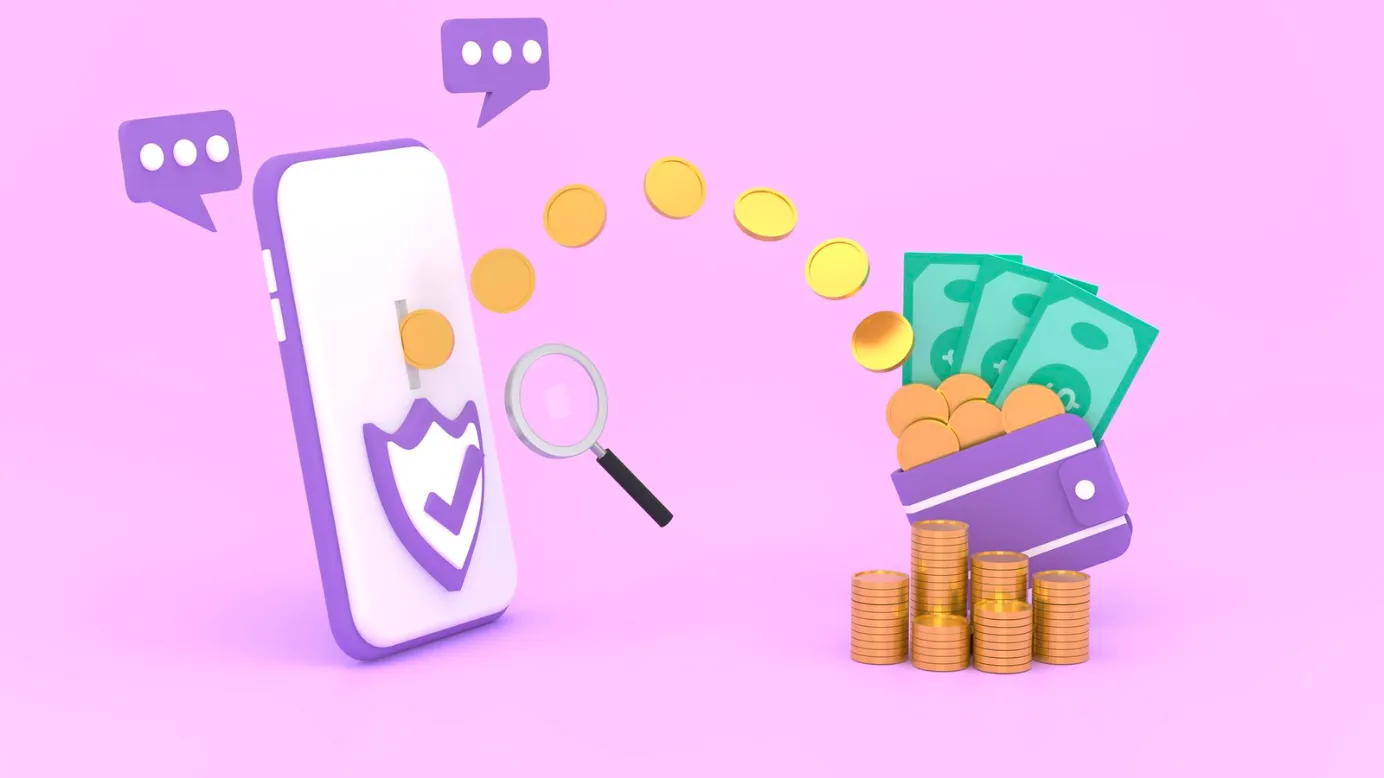
Ideas de recompensas digitales para impulsar la participación en sus campañas de generación de demanda
¿Busca ideas para impulsar la participación en su campaña de generación de demanda? Compartimos algunas de nuestras recompensas digitales favoritas que recompensan a su público con una sencilla llamada a la acción.
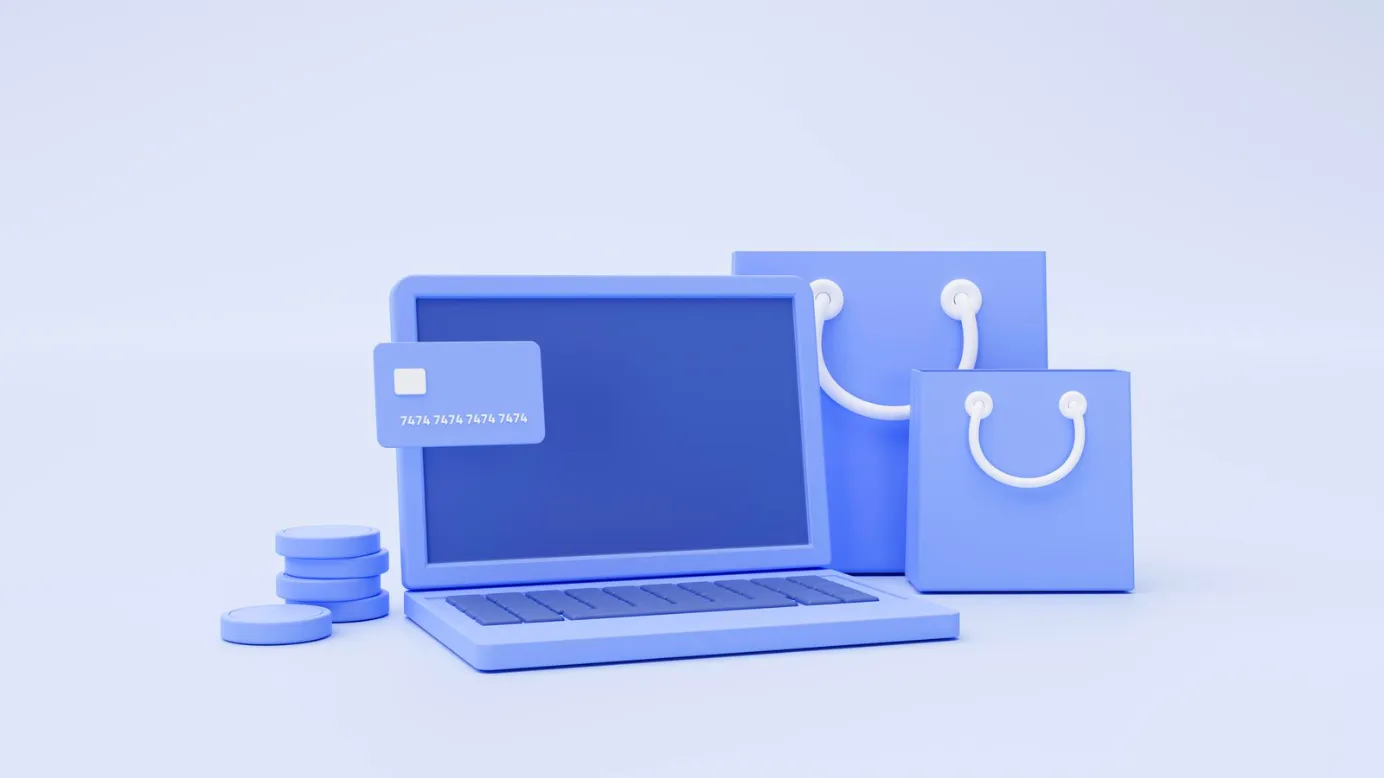
237+ Ideas de regalos digitales únicos para todos los integrantes de su ecosistema empresarial
Difunda la alegría navideña con ideas de regalos digitales de Xoxoday a todo su ecosistema empresarial, incluidos compañeros de trabajo, clientes, socios de canal y proveedores.
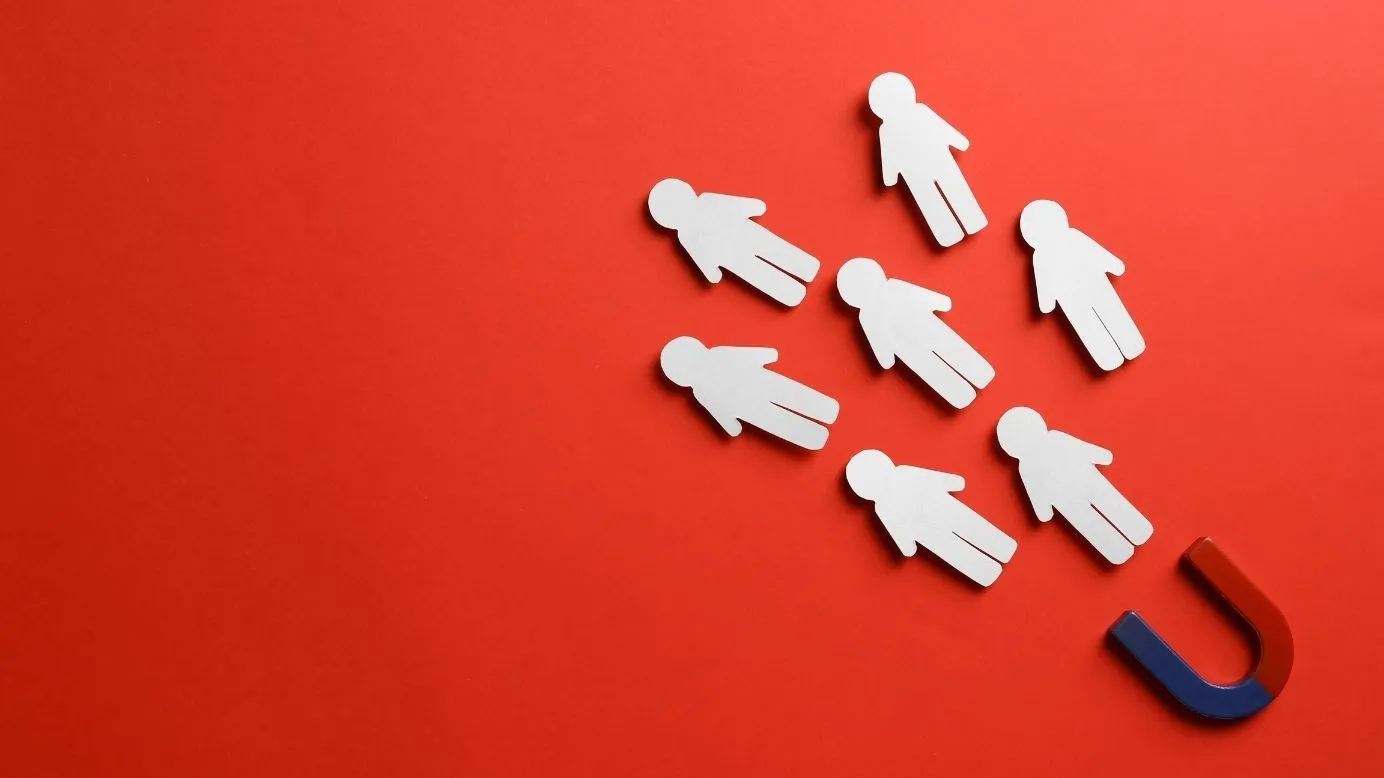
10 estrategias infalibles para retener a sus clientes en 2025.
¿Cómo aumentar la retención y la satisfacción de los clientes? Olvídese de los descuentos y las rebajas y pruebe estas tácticas.

Guía del futuro de los incentivos: Tarjetas regalo digitales
Las tarjetas regalo digitales son la última tendencia en incentivos y recompensas. Ayudan a empresas de todos los tamaños a mejorar la retención y el compromiso de los clientes, a fidelizar la marca y a aumentar las ventas. Esta guía contiene todo lo que necesitas saber sobre las mejores formas de utilizar las tarjetas regalo digitales.
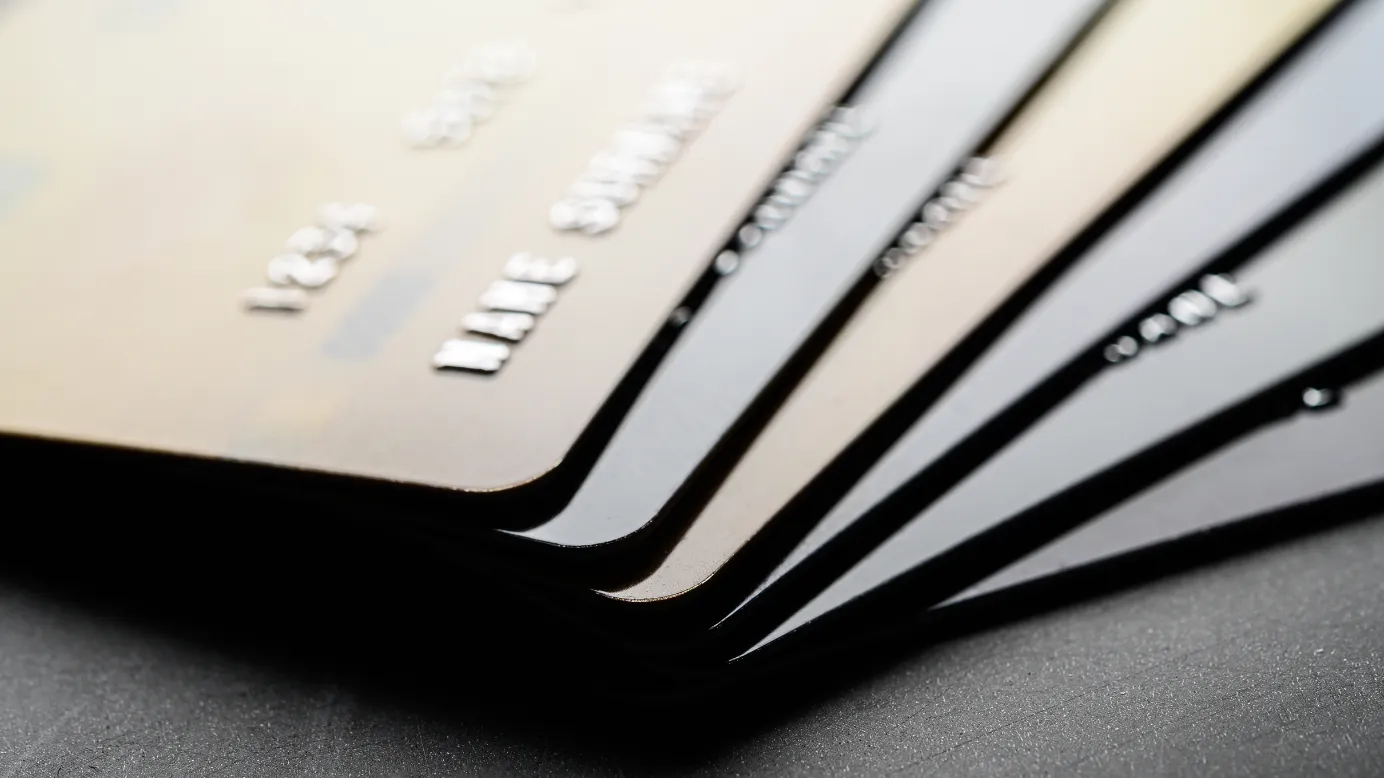
Cómo las tarjetas virtuales de prepago pueden resolver el problema de los pagos periódicos internacionales tras las directrices del RBI
Tras las directrices del RBI, algunos de los pagos recurrentes más comunes se han visto afectados. De Pan a Snapdeal, el futuro no pasa por esperar el temido "recordatorio" de autorización. Cambia estas opciones de facto por tarjetas prepago virtuales.
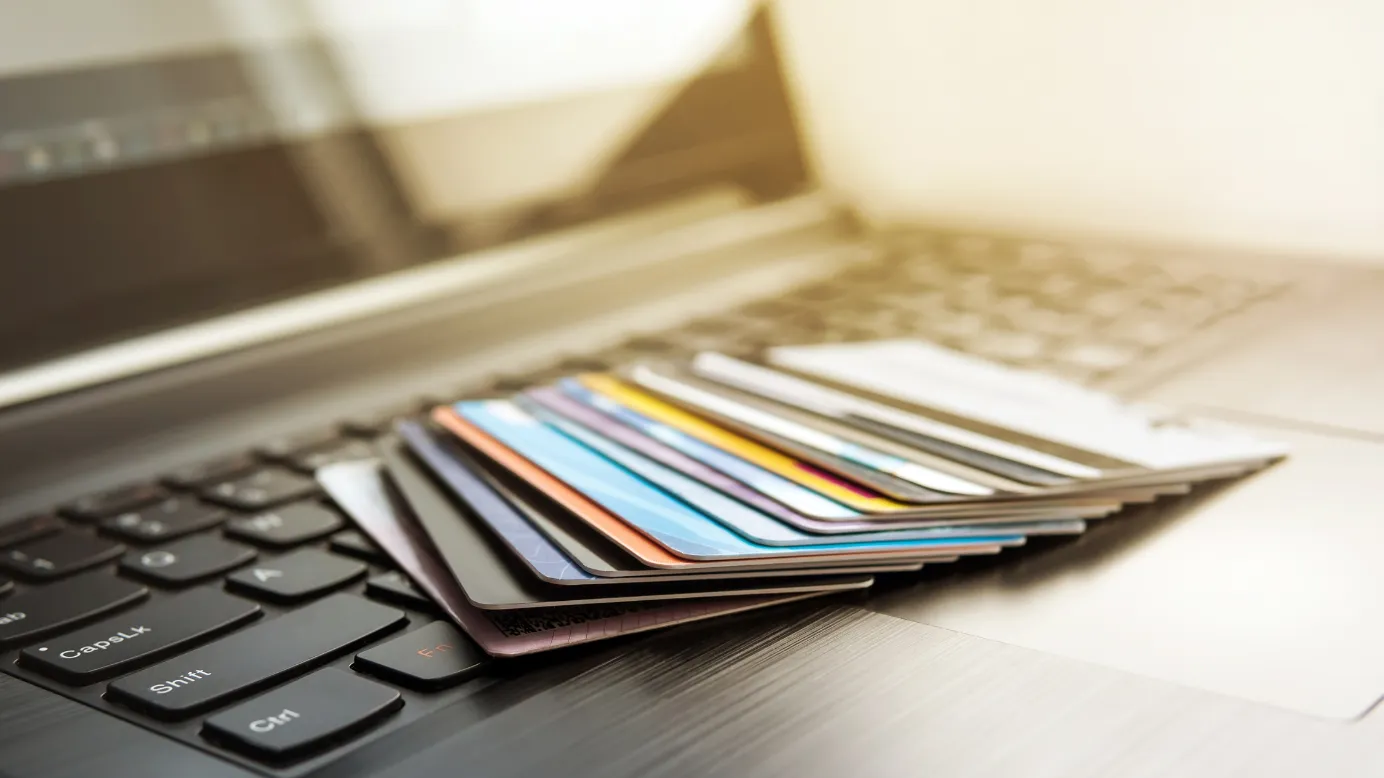
Cómo pueden las empresas utilizar tarjetas Visa y Mastercard virtuales de prepago para realizar pagos internacionales al instante
Las tarjetas virtuales de prepago son una forma barata, cómoda y segura de financiar transacciones globales. Permiten a las empresas gestionar su tesorería, mitigar el riesgo de transacciones fraudulentas y controlar mejor los gastos. Descubra cómo las tarjetas virtuales de prepago son una solución prometedora para los pagos globales.

Cómo pueden utilizar las empresas las tarjetas virtuales de prepago para gestionar el gasto en marketing y publicidad
Las empresas tienen hoy más oportunidades que nunca de utilizar tarjetas virtuales de prepago para ampliar sus presupuestos de marketing y publicidad. Las tarjetas virtuales de prepago ofrecen a las empresas flexibilidad, anonimato y la posibilidad de controlar fácilmente sus gastos.
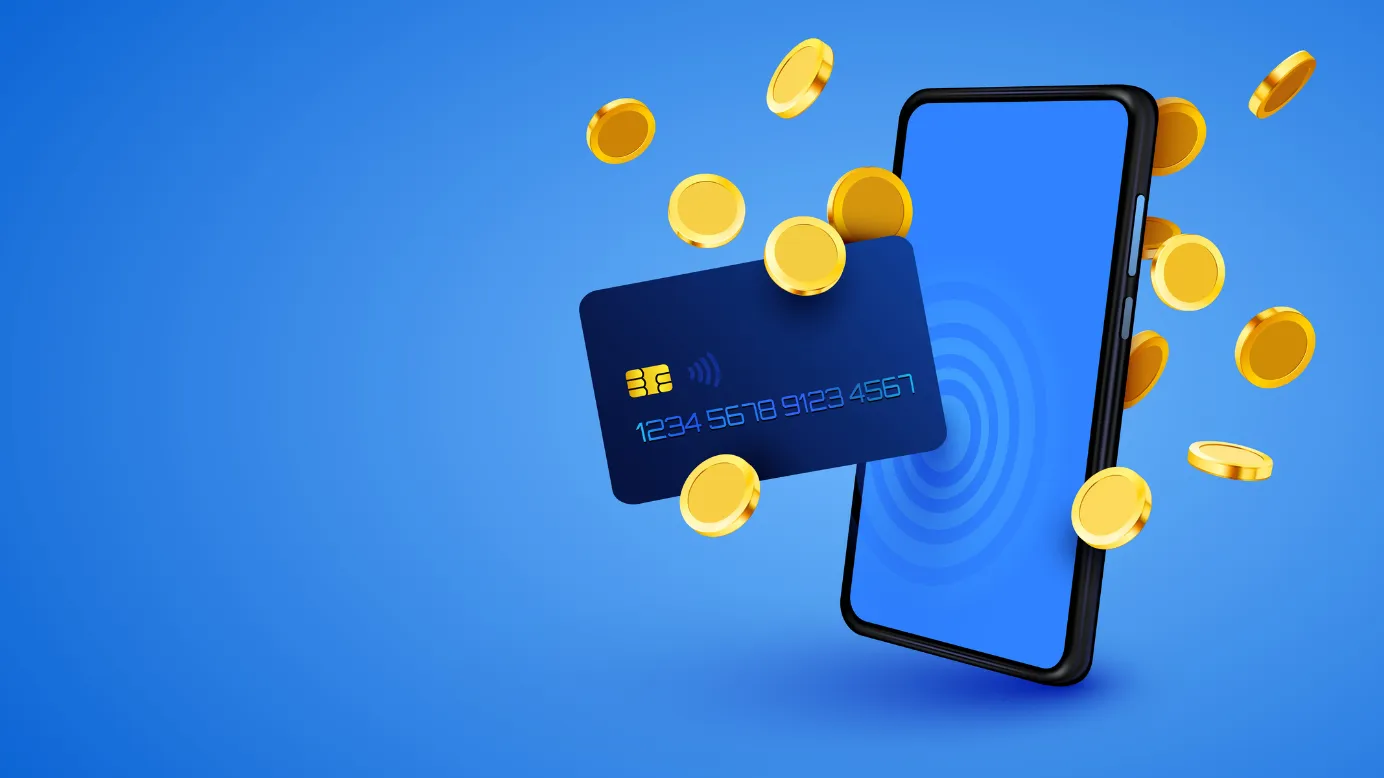
Su guía definitiva de tarjetas de recompensa virtuales de prepago: regalos instantáneos, seguros y cómodos
Las tarjetas de recompensa virtuales de prepago son la forma perfecta de hacer cualquier regalo. Son una forma segura y fácil de apoyar a su organización benéfica favorita sin los peligros y molestias de dar dinero en efectivo.

Experiencia del cliente omnicanal: Qué es y por qué es necesaria
Una gran experiencia omnicanal para el cliente ya no es algo que esté bien tener. En lugar de eso, es imprescindible porque los clientes tienen cada vez más donde elegir. Conozca en qué consiste y descubra algunos ejemplos y estrategias interesantes para hacer felices a sus clientes.

Recompensas e incentivos experienciales: Un catalizador para fortalecer las relaciones
Explore esta guía definitiva para desentrañar los consejos y trucos sobre cómo sacar el máximo partido a sus regalos experienciales. Tanto si buscas la mejor experiencia para regalar a tus empleados, compañeros o socios, tenemos todo lo que necesitas.
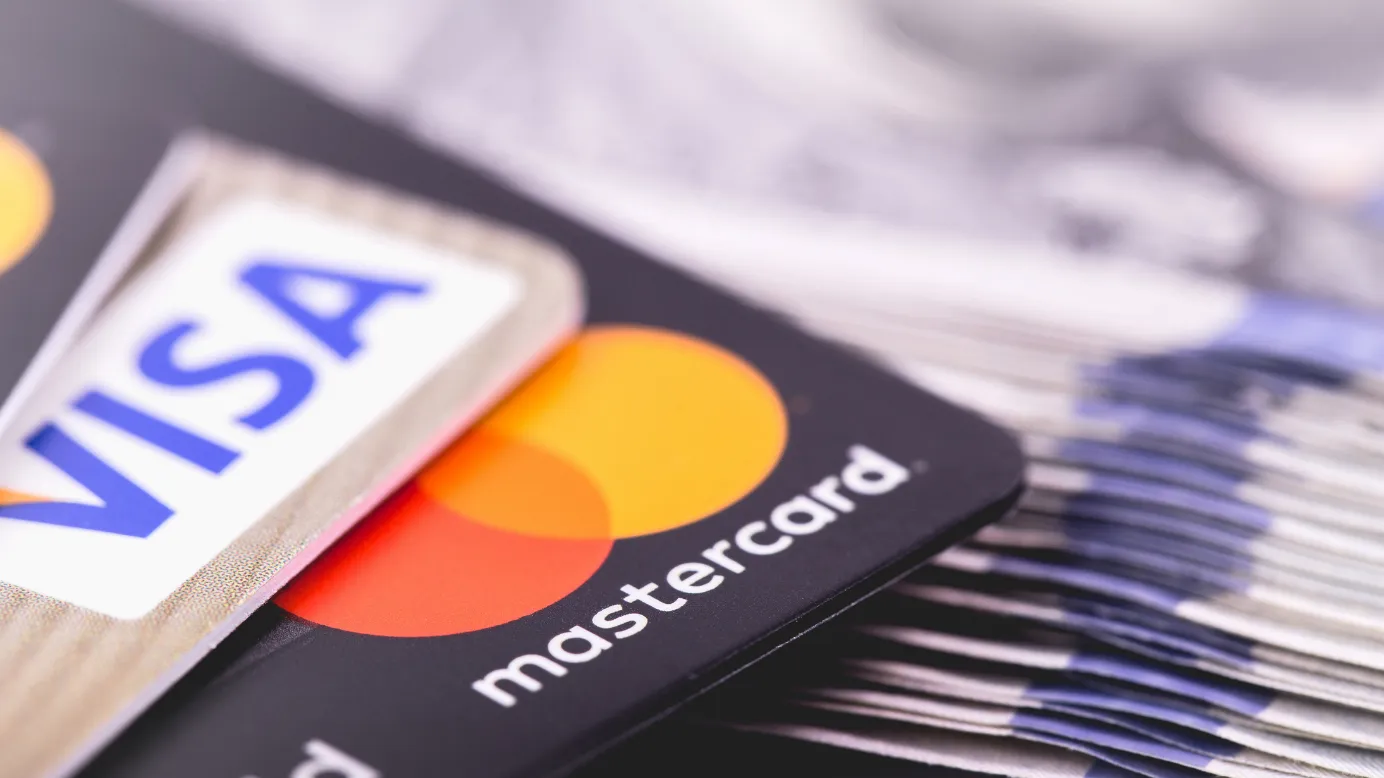
El potencial oculto de las tarjetas prepago para recompensar
Las tarjetas de prepago permiten a sus destinatarios gastar dinero en cualquier cosa hasta el importe cargado en la tarjeta. Su facilidad de uso, sencillez y comodidad las convierten en una opción muy deseada para recompensar. Son equivalentes al dinero en efectivo, ofrecen una gratificación instantánea y pueden personalizarse.

Experiencia del empleado y experiencia del cliente: La asociación y cómo mejorarlas con recompensas
Toda organización, sea del sector que sea, se beneficia de la mejora de su EX. La experiencia del empleado y la experiencia del cliente comparten una asociación directa con los ingresos. Interactuar con clientes satisfechos hace las cosas más agradables y valida los esfuerzos que sus empleados hacen cada día por su empresa.

¿Cómo ofrecer una gran experiencia al cliente para aumentar sus beneficios?
Lea nuestro blog para identificar varias formas de situar su servicio de atención al cliente en lo más alto de su sector y ofrecer una gran experiencia al cliente.

Experiencia del cliente frente a Atención al cliente: La verdadera diferencia
El servicio de atención al cliente es sólo una pequeña pieza del rompecabezas llamado recorrido del cliente, que influye drásticamente en la experiencia general del cliente. En ese sentido, no solo están estrechamente entrelazados, sino que comparten una existencia profundamente correlativa.

Guía completa de la experiencia del cliente
La experiencia del cliente es la impresión holística que un cliente tiene de una marca en todos los aspectos del recorrido del comprador. Esto repercute en el balance final de una marca, incluidos los ingresos.
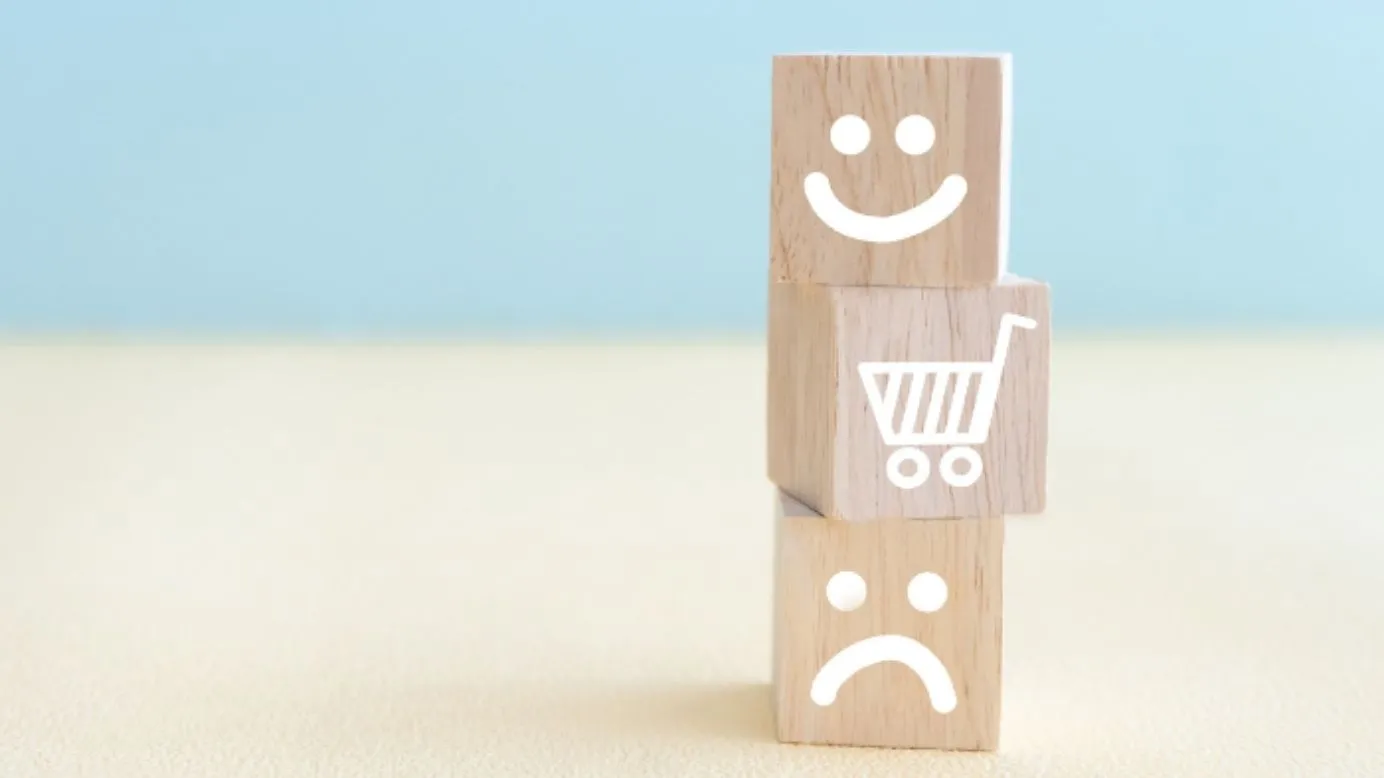
Guía completa de los programas de fidelización de clientes
Un programa de fidelización de clientes es una estrategia de marketing bien estructurada que una marca pone en marcha para conseguir que los clientes (asociados al programa) sigan utilizando sus productos o servicios a cambio de beneficios añadidos.
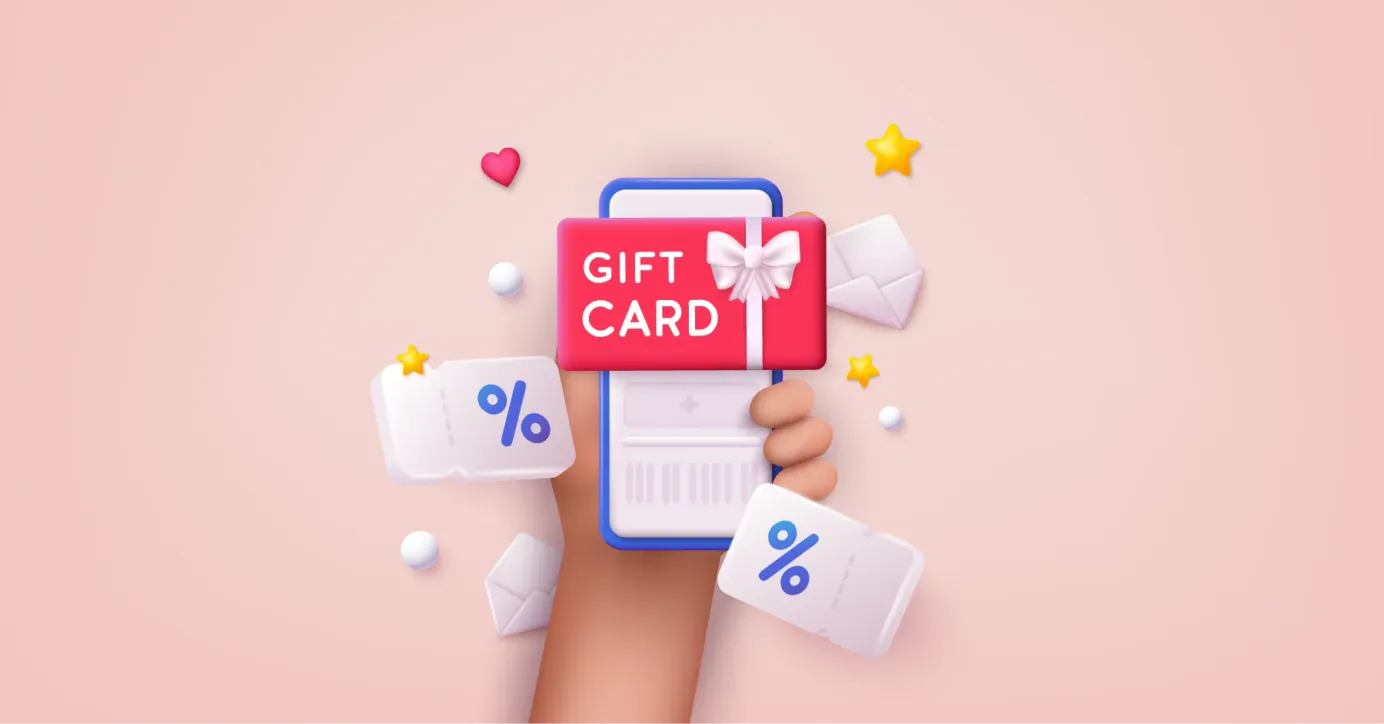
Regalos físicos frente a regalos digitales: Un análisis exhaustivo de la competencia y más allá
Las tarjetas regalo digitales son instantáneas. Los consumidores quieren una gratificación instantánea. Las tarjetas regalo digitales pueden entregarse al destinatario instantáneamente por correo electrónico.
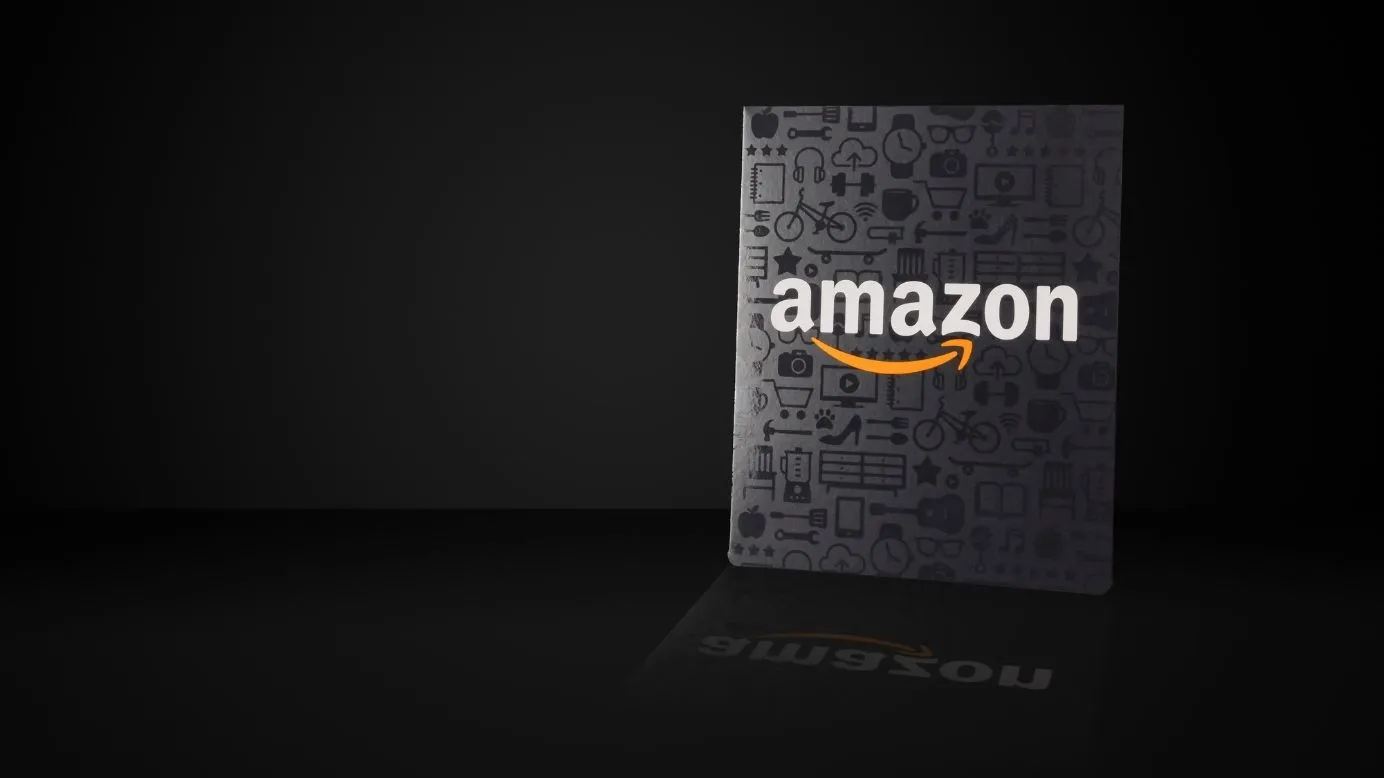
¿Sigue utilizando las tarjetas regalo de Amazon? ¿Por qué no es una buena idea?
Las tarjetas regalo de Amazon ofrecen comodidad, pero tienen muchos inconvenientes.
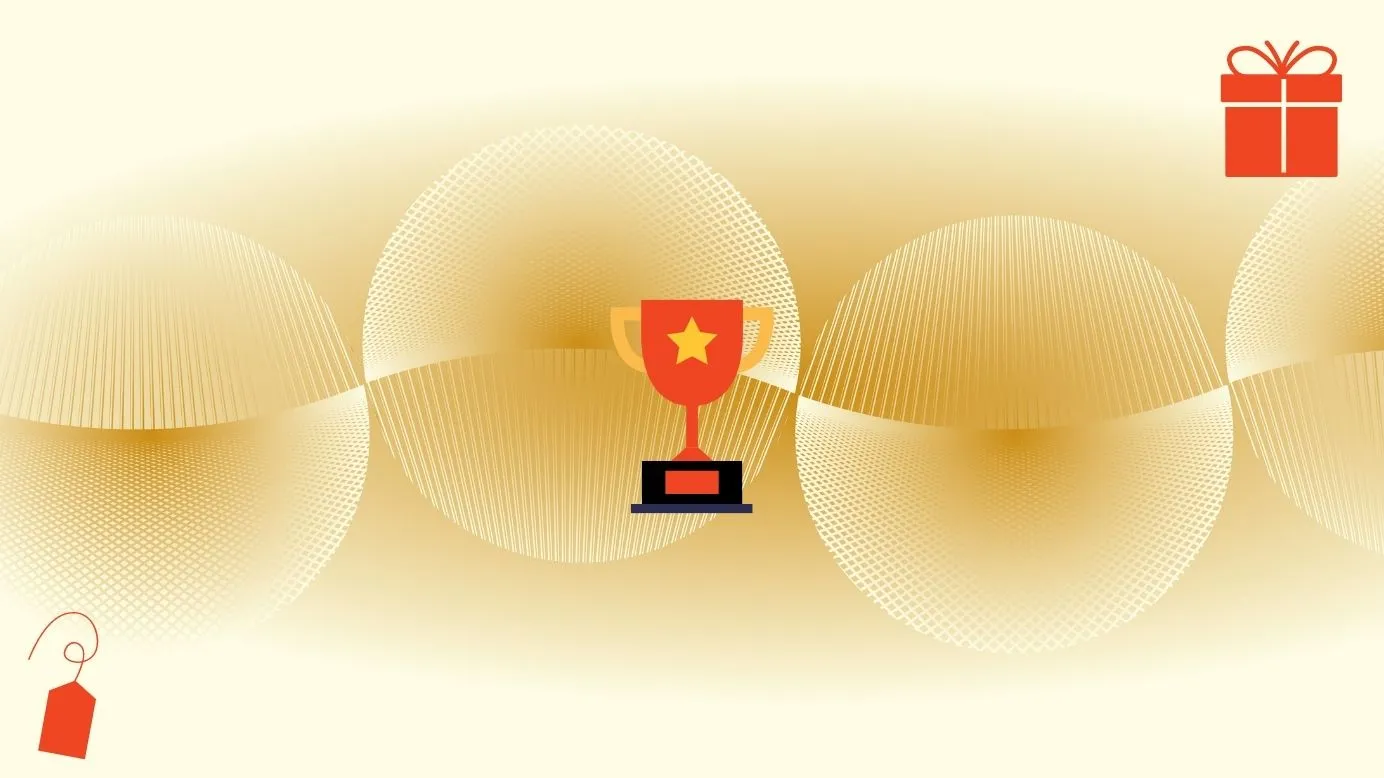
Anatomía de un sistema ideal de puntos de recompensa para clientes
Para ganarse la fidelidad de sus clientes, puede pensar que la recompensa es su salida. Sin embargo, si comienza su sistema de puntos de recompensa con esta idea, probablemente esté empezando con mal pie.

Su guía completa para maximizar las conversiones de los eventos presenciales
Planificar. Promover. Comprométase. Fomentar. Convertir.

Todo lo que debe saber sobre la tarjeta virtual VISA Rewards
Las tarjetas virtuales VISA son un modo de transacción increíblemente seguro para los que las pasan, pero ¿qué las convierte en una gran vía para los que las envían? Conozcámoslo todo.

Cómo configurar programas de incentivos para clientes: Guía para principiantes
No hay nada que siente mejor que ganar más y más (y más) clientes, ¿verdad? Pues bien, un programa de incentivos para clientes bien planificado puede ayudarle a conseguir precisamente eso.
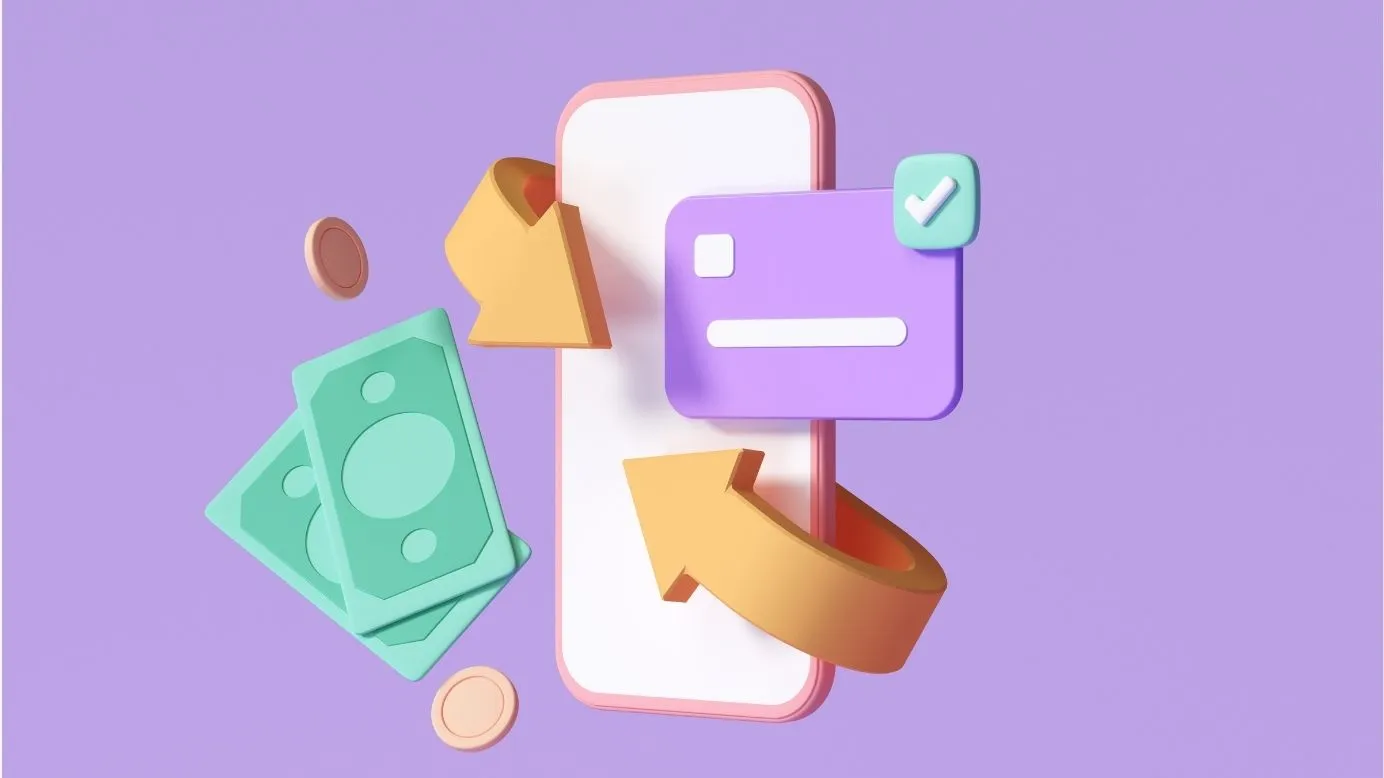
Guía para crear un buen programa de recompensas a los clientes
Los programas de recompensas a los clientes son programas de fidelización basados en puntos para impulsar las ventas, la participación de los clientes, fidelizarlos y convertir a los compradores ocasionales en defensores de la marca.
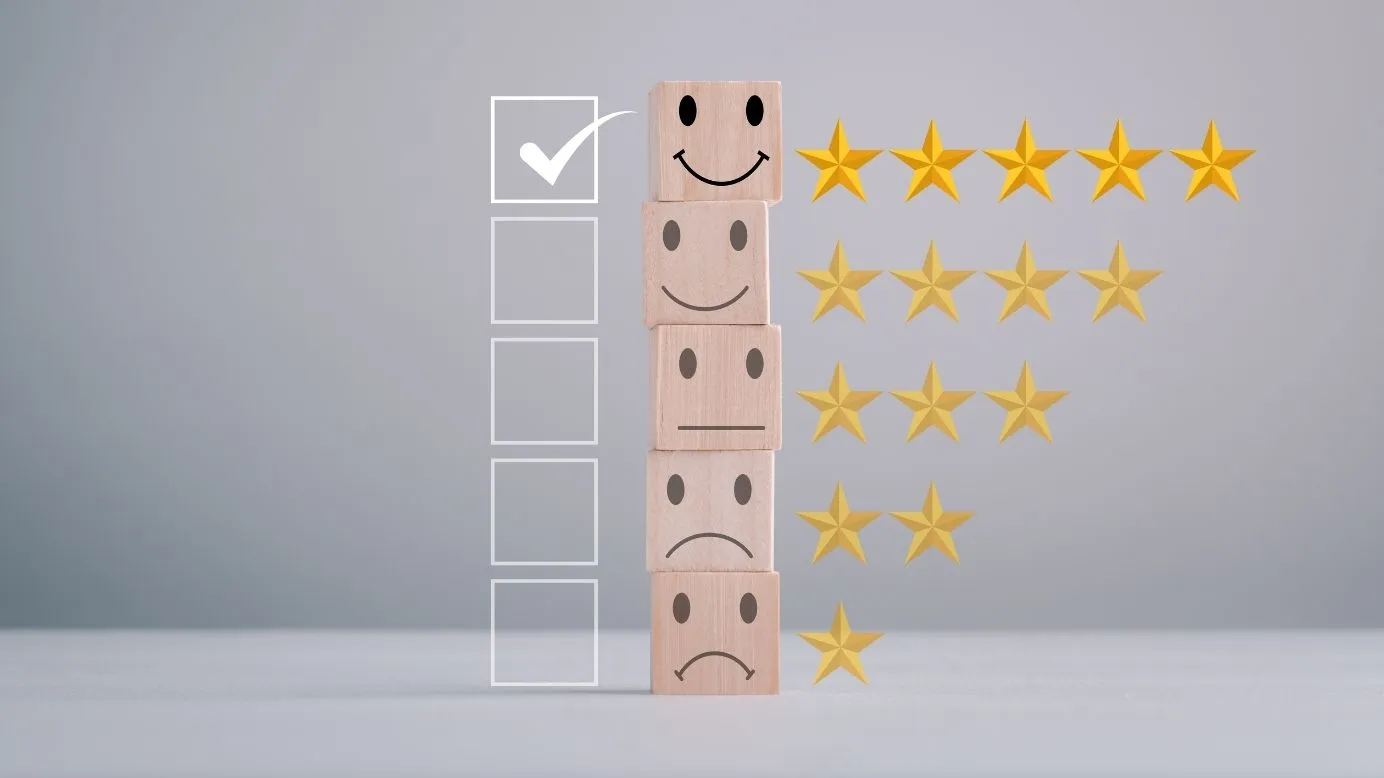
Cumplir las expectativas del cliente digital - ¿Qué esperan los clientes del servicio de atención al cliente?
Una guía definitiva para comprender lo que los clientes esperan del servicio de atención al cliente, de modo que pueda satisfacer mejor sus expectativas.

Incentivos al consumo: Programas, ventajas, ejemplos e ideas
Los incentivos a los consumidores son recompensas que se dan a los "clientes de una empresa" con fines de promoción de la marca. Incluyen puntos de recompensa, tarjetas regalo digitales, cashback, etc.

8 estrategias de captación de clientes que realmente funcionan
Las mejores estrategias de captación de clientes fomentan el crecimiento, la fidelización y mejoran la experiencia del cliente. Estas son las 8 mejores estrategias para impulsar el compromiso de los clientes.
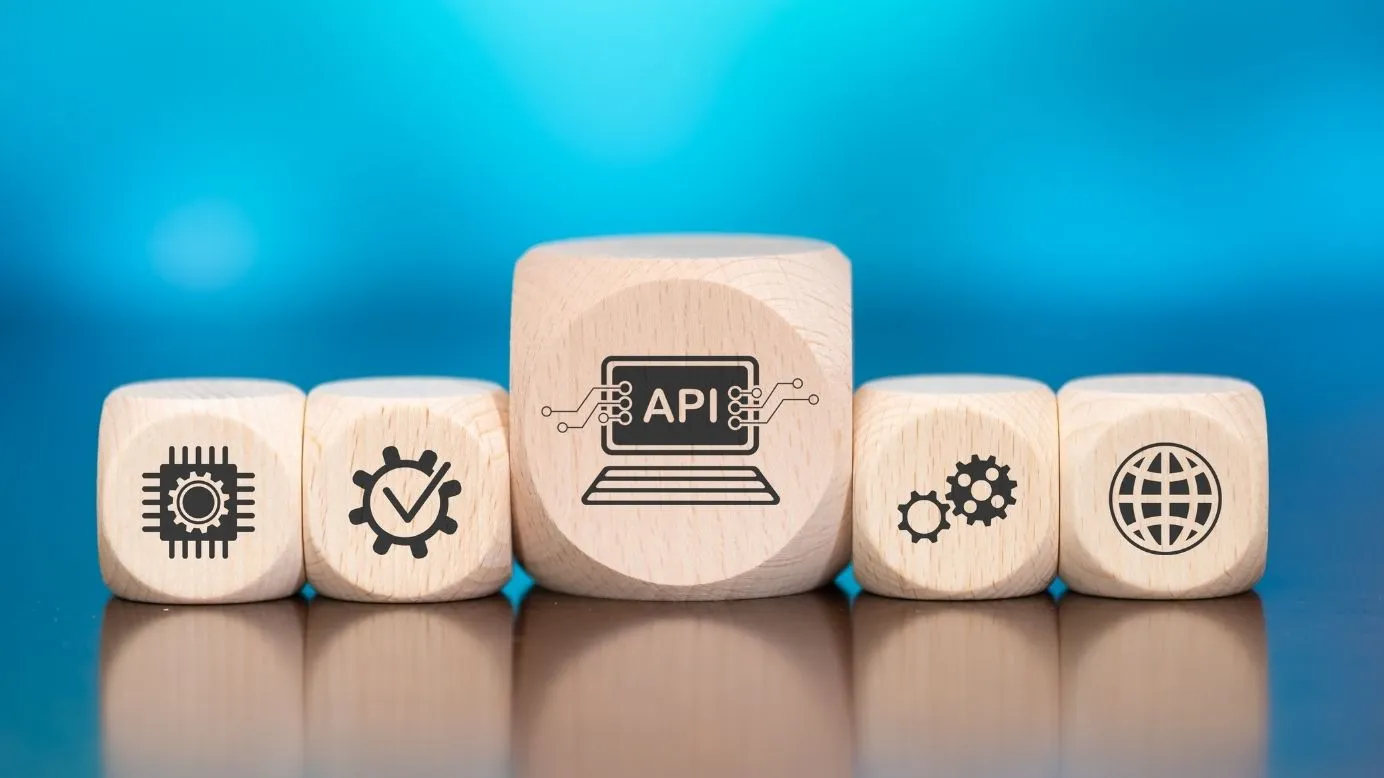
Plum RaaS API (API de recompensas e incentivos)
Need help in planning your next digital rewards strategy? Check out Plum’s Rewards Program API aka RaaS API and unlock the world of digital rewards.

CRM = ¿Mecanismo de recompensa convincente?
Replantee su CRM. Corríjalo, acicálelo y optimícelo sobre la marcha para diseñar progresivamente resultados empresariales más inteligentes mediante la integración profunda de recompensas en sus ecosistemas CRM. ¿No sabe cómo empezar? PLUM se lo pone muy fácil.

Impulse la fidelización de los clientes con recompensas
Hoy en día es una palabra de moda, pero es posible que se pregunte qué significa la defensa del cliente. No es el único que se siente un poco confuso, ya que la defensa del cliente puede adoptar diferentes formas.
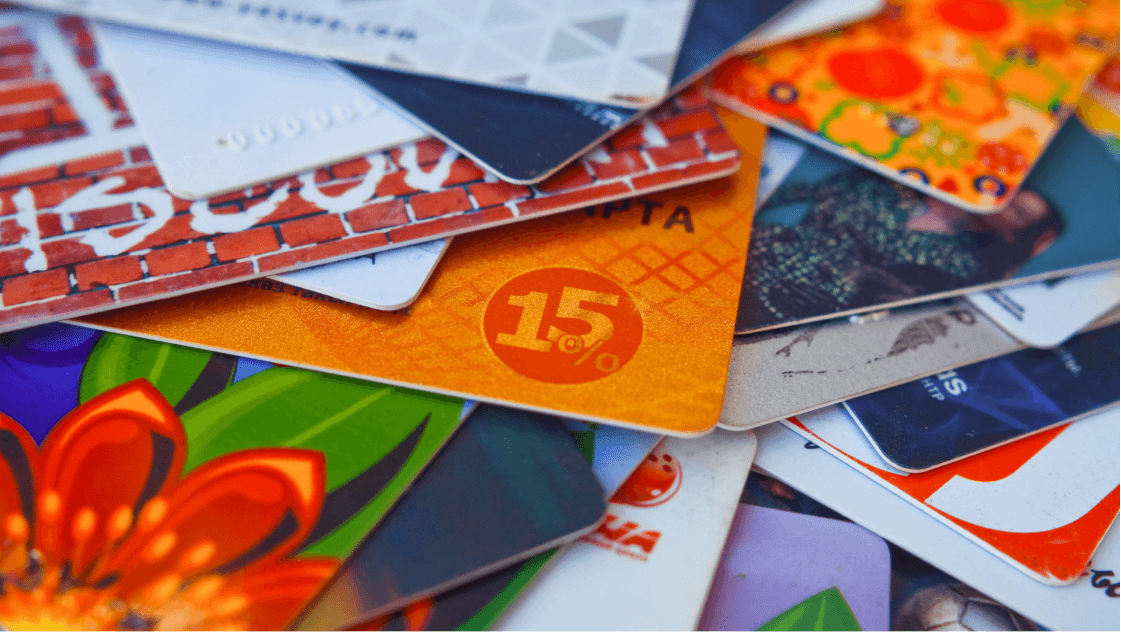
Tarjetas regalo y tarjetas prepago: ¿Cuál es mejor regalo?
La diferencia entre una tarjeta regalo y una tarjeta prepago parece mínima, pero es abismal. Es hora de decidir cuál es el mejor regalo.

Por qué las tarjetas regalo por correo electrónico son la mejor recompensa para sus empleados
Las tarjetas regalo por correo electrónico para empleados de Xoxoday Plum vienen con libertad de elección, dejando que los empleados elijan sus regalos.

5 campañas de regalos digitales para impulsar las conversiones a gran escala
Una campaña de regalos digitales es la forma perfecta de iniciar el proceso de captación de clientes potenciales. Aquí tienes algunas campañas para empezar.
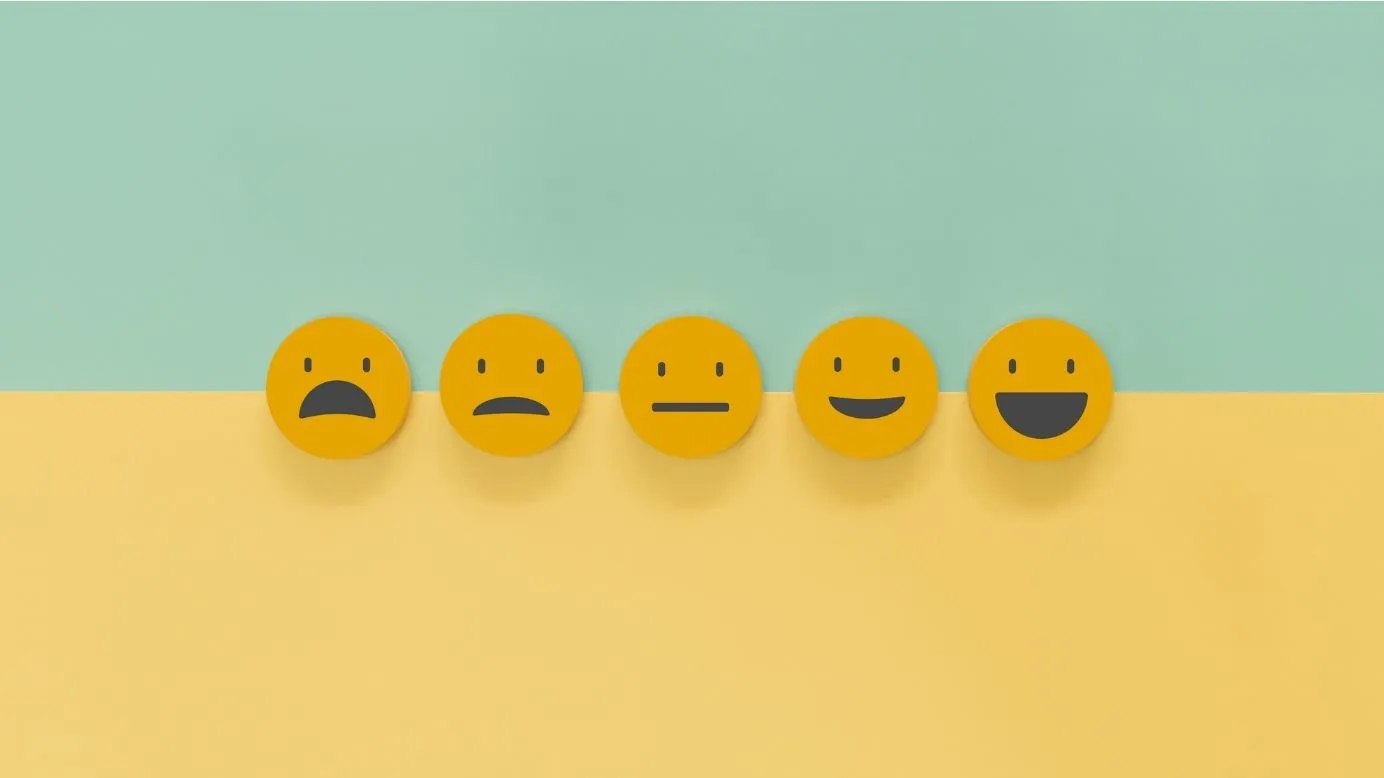
¿Qué es la retención de clientes y cómo mejorarla?
¿Sabe que retener a un cliente es mucho más barato que captar uno nuevo? ¿Qué hace como organización para retener a los clientes y cómo piensa mejorarlo?

Los regalos digitales no son sólo cupones
Los cheques regalo digitales no son sólo un trozo de papel o una línea de código. He aquí algunas ideas para regalar experiencias que cambian su percepción.

10 formas de atraer a los clientes
El compromiso del cliente es uno de los principales factores que contribuyen al éxito de su empresa. En este blog hablaremos de 10 formas de impulsar el compromiso de los clientes.

Los cheques regalo son una historia: Se trata de crear uno que venda
¿Alguna vez ha pensado en citar las ventajas de los cheques regalo a un amigo y se ha quedado corto? Los cheques regalo son una historia y aquí te explicamos cómo venderlos como regalo a la gente.

Plum Partners with For Good Causes: The Most Emotionally Engaging Reward Platform
For Good Causes, the most emotionally engaging reward platform, has joined forces with Plum-- the people engagement specialist. Here's the tea>>

Aplicación del sesgo de aversión a la pérdida para modificar el comportamiento de consumidores y empleados
¿Cómo puede aplicarse el concepto psicológico de aversión a la pérdida a la motivación humana? Descubra ejemplos de aversión a la pérdida y cómo puede modificar el comportamiento de compra de los consumidores para el marketing y el comportamiento y las actitudes de los empleados para RRHH.

¿Por qué centrarse en los regalos de experiencias en el lugar de trabajo?
Descubra por qué los regalos de experiencias son una de las formas más eficaces de recompensar a sus empleados.

Formas de hacer buenos cheques regalo para los empleados
Cheques regalo para empleados de la forma correcta que realmente aumenta el compromiso de los empleados. Más información

Por qué regalar experiencias a los empleados es una gran idea
Regalar experiencias no consiste sólo en apreciar al empleado, sino también en crear para él un momento memorable que atesorará y asociará al recuerdo con su experiencia en la empresa.
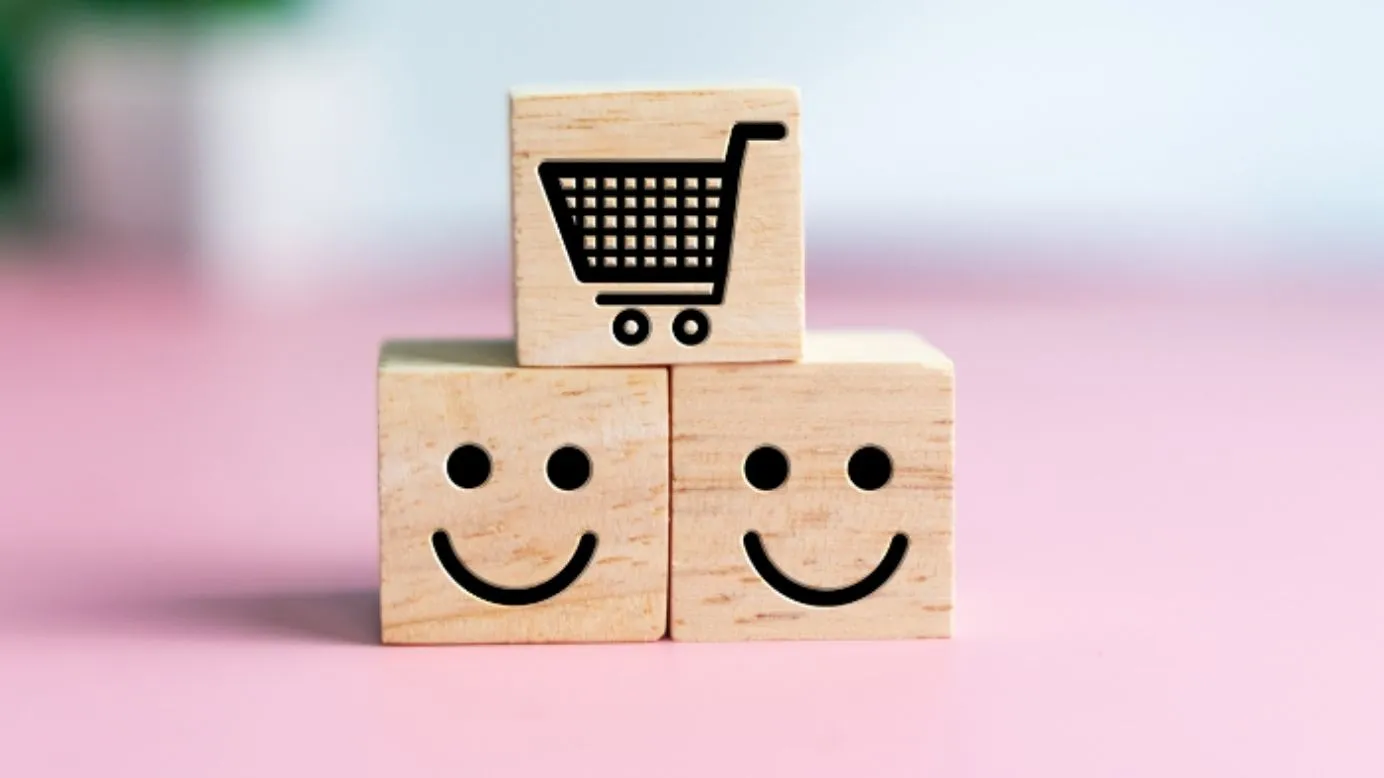
Los 10 mejores programas de fidelización de clientes de la India
Atrás quedaron los días en que sus clientes podían ser simplemente recuperados con alegres saludos. Estos son los 10 mejores programas de fidelización de clientes de la India

9 estrategias de captación de clientes para impulsar las ventas en 2023
Descubra las estrategias de captación de clientes que rara vez se prueban






